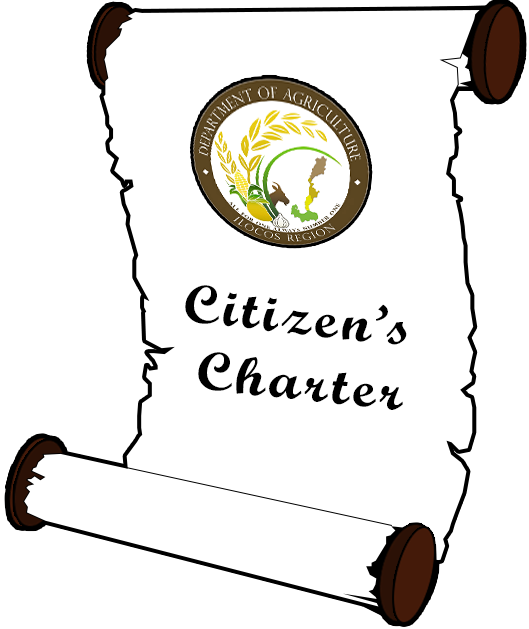
San Manuel, Pangasinan – The Department of Agriculture Regional Field Office 1 through the Crop Protection Center (RCPC), conducted a two-day action planning workshop here on the Management of Rice Black Bug (RBB) following the increase in number of reported RBB influx which is affecting rice production areas in Pangasinan particularly in Districts 5 & 6 of the province.
The initial reports by farmers who monitored the presence of said pest on their rice fields came from the municipality of Asingan, Pangasinan. However, as of October 2013, validated reports of areas affected by RBB included San Manuel with 716 hectares; 30 has. in Sto. Tomas; 100 has. in Urdaneta and 86 has. in Asingan, all in the province of Pangasinan. Other areas with reported RBB infestation but still under validation are the Municipalities of Alcala, Binalonan Umingan, Balungao and Natividad.
Seing the urgency of controlling further increase in population of said pest, DA has set various briefings and massive info dissemination on how the pest could be managed and controlled.
According to RCPC head in the region, Ms. Marivic Begonia, the DA has not been amiss in informing farmers about RBB as information campaigns through briefings and distribution of Information, Education & Communication (IEC) materials on RBB had been conducted by DA in the region since 2007.
The Rice Black Bug is one of the most difficult pest to manage and is locally known as “itim na atangya” or in Ilocano dialect “nangisit a bangaw”. It is a sap-feeding insect that sucks the plant sap through the stems and nodes near the water surface.
As explained during the two-day planning workshop, RBB attacks rice plant at almost all of its stages of growth in the irrigated area and could result from severe to complete crop loss during heavy infestation. Ms. Begonia added that if a rice plant has been infested with about 10-15 RBB per hill, this can cause a yield reduction of about 23%.
Most of the cases reported where RBB was monitored are during or after a full moon. According to researches on the nature of said pest, the full moon cycle affects the RBB’s flight activity.
RBB outbreak is also triggered when there is a relatively small natural enemy complex in the ecosystem, low availability of alternate host in the vicinity of the rice fields, application of high levels of nitrogenous fertilizers and when there is scarcity of quality preferred foods in the area.
Rice serves as the primary host for the RBB while corn & weeds are among its alternate hosts.
Suggested control measures for RBB are synchronous planting of varieties with the same maturity; direct seeding of rice crop; use of resistant or tolerant variety; and regular monitoring of the rice crop for presence of egg, nymph and adult RBB.
Other control measures are conservation and deployment of beneficial insects, intermittent irrigation with at least 10-12 cm during maximum tillering to heading stages at 3 days interval, herding of ducks in the field, removal of weeds, plowing under of heavily infested field immediately after harvest and submerging stubbles under water until these decompose.
DA also provides metarizhium anisopliae to areas affected by the pest but with the limited production capacity of the rearing laboratory, it cannot sufficiently provide the needs of all affected areas. Metarhizium anisopliae is an entomopathogenic fungus that infects insects that come in contact with it. Once the fungus spores attach to the surface of the insect, germinate and begin to grow, they then penetrate the exoskeleton of the insect and grow very rapidly inside the insect causing the insect to die. Other insects that come in contact with infected insects also become infected with the fungus. It has been proven an effective control measure for RBB and other pests in the field.
However, one of the most effective control measures which had been adopted by most farmers is the use of light trapping technology since RBB are highly attracted to high intensity of light. Light trapping is best done two days before or until three days after the full moon period from 8 in the evening till midnight.
As part of the planning workshop, Municipal Agriculturists from Districts 5 & 6 drafted an action plan on how they can join efforts with the DA in addressing the problem on pest monitoring, management and control in their respective municipalities. They also conducted an actual light trapping as part of the workshop activities.
The DA strongly oppose the use of insecticide to control RBB as this will further increase their population.
